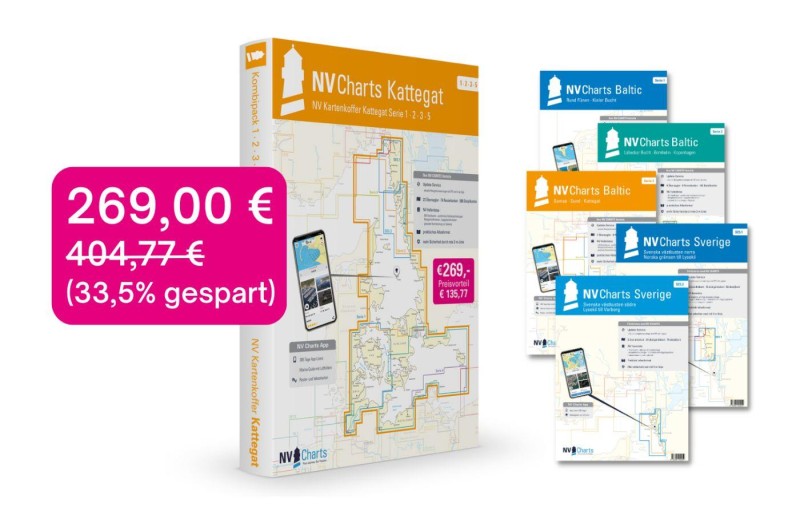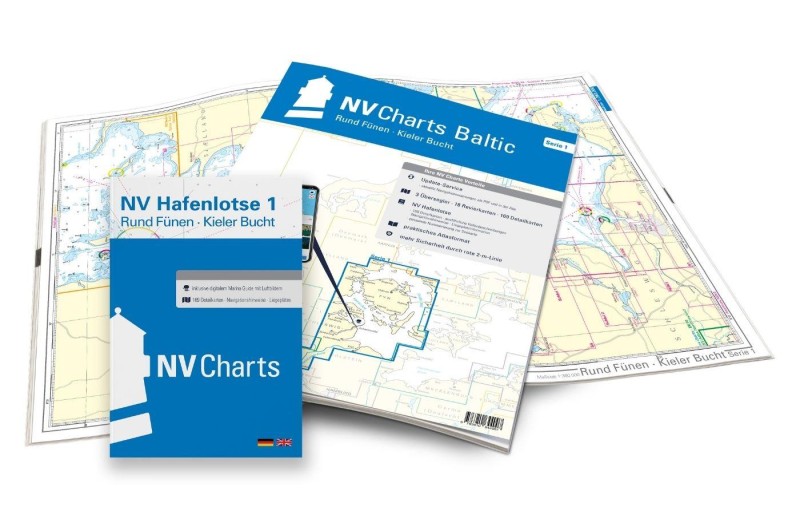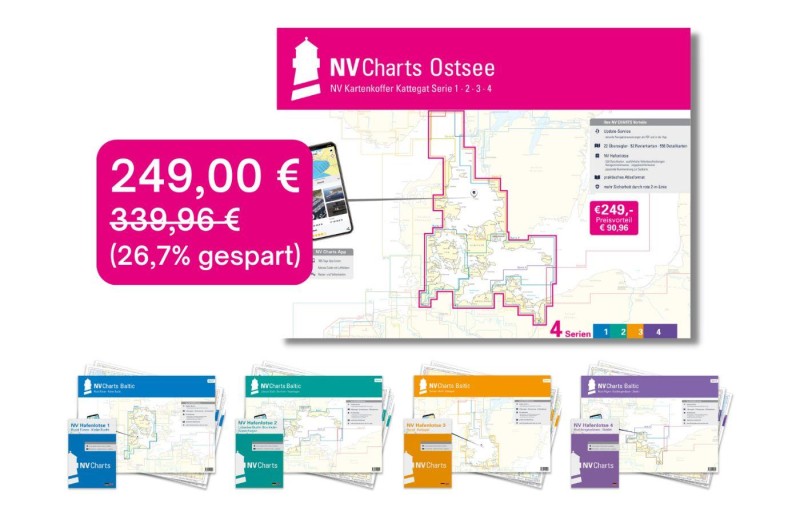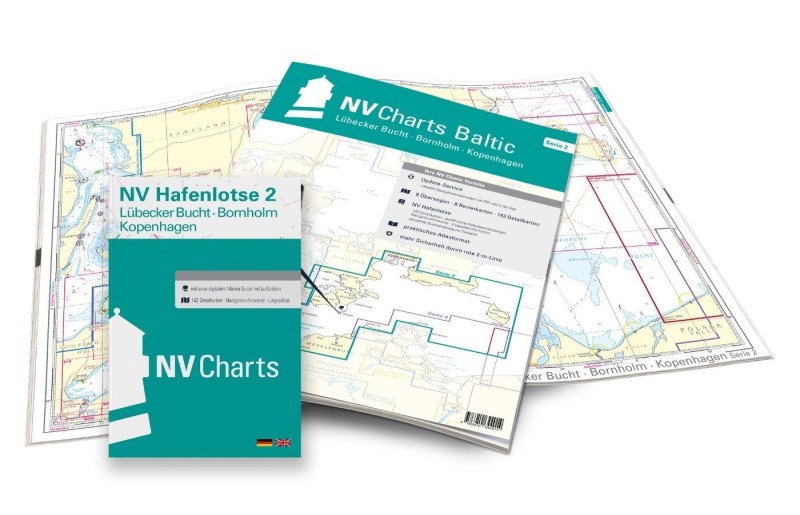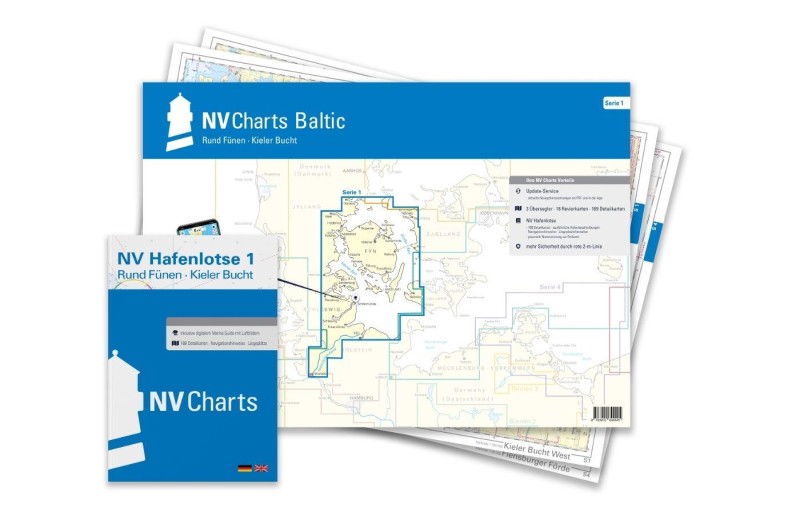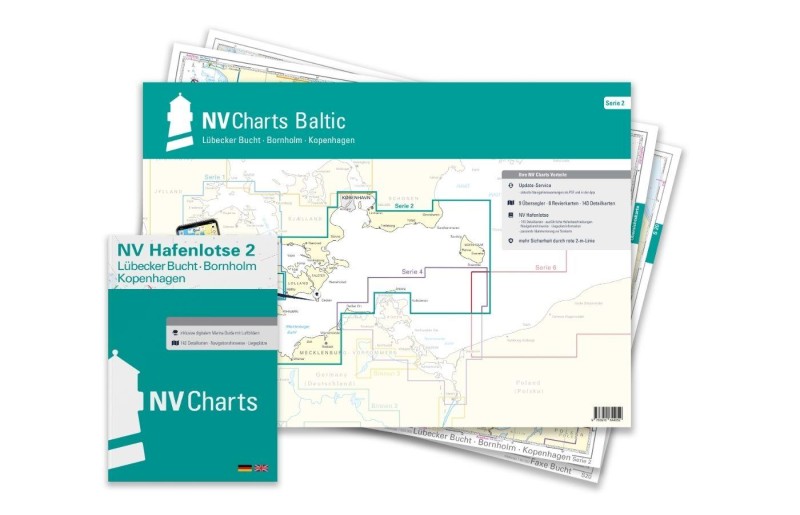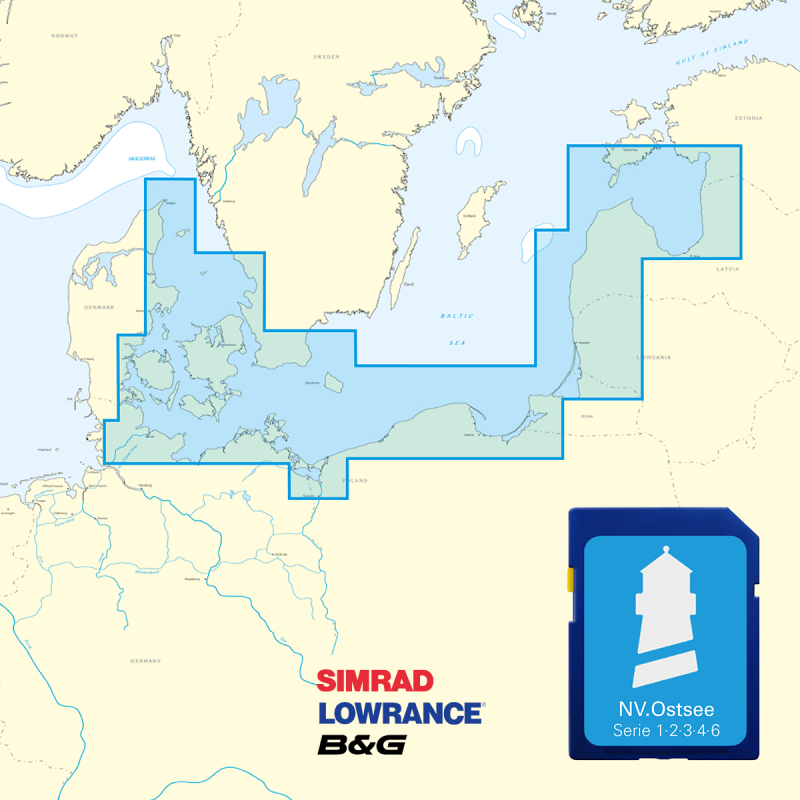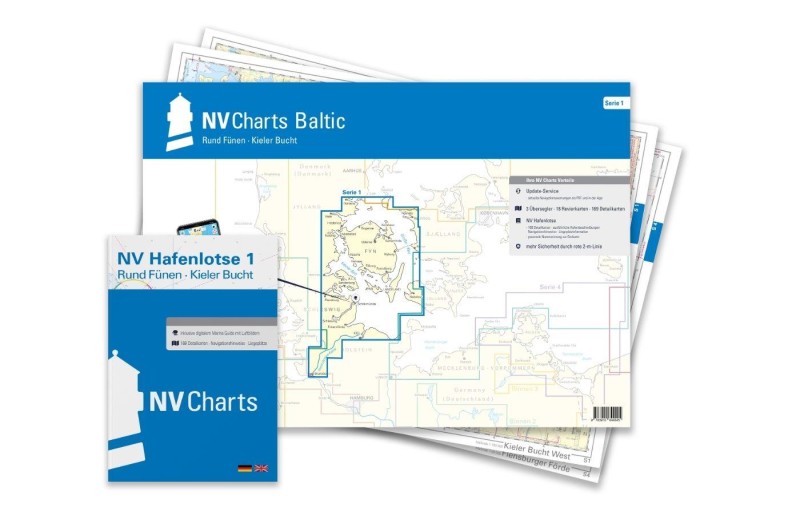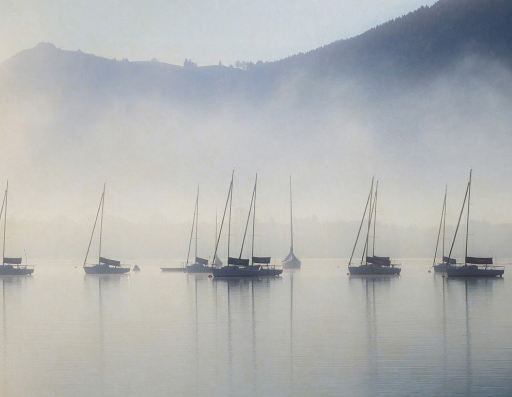Kragenæs
Marina near Birket
Latitude
54° 54’ 57.8” NLongitude
11° 21’ 37.5” EDescription
Comfortable ferry and marina on the west shore of the Ståldybs opposite the island of Fejø.
NV Cruising Guide
Navigation
The approach to the lighted harbor is possible day and night. The poorly lit Ståldyb fairway however, requires navigational intuition at night. From the main fairway, the buoyed and lighted approach channel branches off at 260°. The dredged channel has a target depth of 3m, tends to silting especially after northerly storms.
Achtung: The right of way of ferries must be observed, as the fairway is crossed when entering the port. Overall, shipping is asked to be considerate of the ferry traffic.
Berths
Guest boats are moored at the northern bulwark at about 2.5m
water depth together with the fishermen or at free places of the
southern jetties. At the jetties the water depth is 2 - 3m.
Payment is made in Kragenæs by entering the berth number on the
Internet.
QR code for this on the power boxes.
The ferry piers north of the marina are closed to pleasure craft.
Surroundings
Good repair service, fuel and supply options at nearby merchant.
NV Land Guide
The car traffic caused by the ferry connections to Femø and Fejø cannot affect the coziness of the harbor. Kragenæs is also a worthwhile stopover mainly because of its hinterland. It is also called the "Lolland Switzerland". Its hills were often the starting point of major war or trade journeys in Viking times and during the Middle Ages. The grave of King Svend (see map), along with other prehistoric graves, reminds us of the early settlement of the hilly land along the Småland fairway. From the top of Lolland's highest elevation, the 30-meter Bavnehøj, you can get an overview. Immediately to the northeast is the 5000 year old gangrab "Glentehøj" with a passage about five meters long. Ravnsborg, which can be easily reached on footpaths, would certainly be an even more impressive testimony to Lolland's past than the stone tombs if the ruins consisted of more than just a few foundation walls. Today, sheep graze among the remains of the once important fortress. Standing on the castle hill, one can nevertheless well imagine how the warships of the Ravnsborg entered the harbor of the fortress.
Our drawing shows the presumed appearance of the castle. The natural hill on which it stood measures the height of 18 meters, which is dizzying for Lolland. All around it was surrounded by water. Where the sea did not reach the hill, a moat provided the necessary distance from the common people. Ravnsborg could only be reached from land via two narrow bridges. The only entrance to the castle itself was a double gate in the ring wall.
The protection from the land suggests that one lived in constant fear of an uprising of the population. Although the German count who created the castle in 1330 called himself "Johann der Milde von Holstein" (John the Mild of Holstein), if one considers the castle security, it cannot have been so far with his mildness. He had received Lolland as a pledge from the Danish king.
The castle, 116 meters long from north to south, consisted of three courtyards surrounded by a ring wall. Land and sea were kept in view from the height of a watchtower. Thus secured, the castle was considered impregnable and remained so until Lolland was once again under Danish rule. Fearing that the fortress might fall into the wrong hands, King Hans had the castle torn down in 1508.
Kong Svends Høj (five kilometers west of Kragenæs) is one of Denmark's largest burial mounds.
Other attractions in the area include the Reventlow Museum near Pederstrup and Reventlow Park (5 km WSW). In the museum, the personalities who participated in the Danish land reform of 1788 are captured on canvas. Birket Church, with one of the oldest wooden bell towers in the country, is also worth a visit. Northwest of the harbor begins the Torrig Forest, which is traversed by a network of hiking trails. Art installations in the area make a walk interesting. There is a small grocery store at the harbor where you can get basic necessities. Away from the ferry dock, a few fishermen's huts and the wooden clubhouse dominate the scene. The hotel in the village offers home-style cooking.
South of the village you will find the new landmark of Lolland - a monument consisting of 12 stone sculptures and up to 12 meters high completed in 2018 - the Dodekalitten. All year round, from sunrise to sunset sounds specially composed music from the center of the arrangement.
Marina Information
| Max Depth | 2.7 m |
Contact
| Phone | +45 5493 7056 |
| Please enable Javascript to read | |
| Website | http://www.marinalystcamp.dk |
Surroundings
Electricity
Water
Toilet
Shower
Restaurant
Crane
Atm
Internet
Fuel
Diesel
Grocery
Ramp
Public Transport
Bikerental
Garbage
Comments
You can add comments with the NV Charts App (Windows - iOS - Android - Mac OSX).
You can download the current version at nvcharts.com/app.

